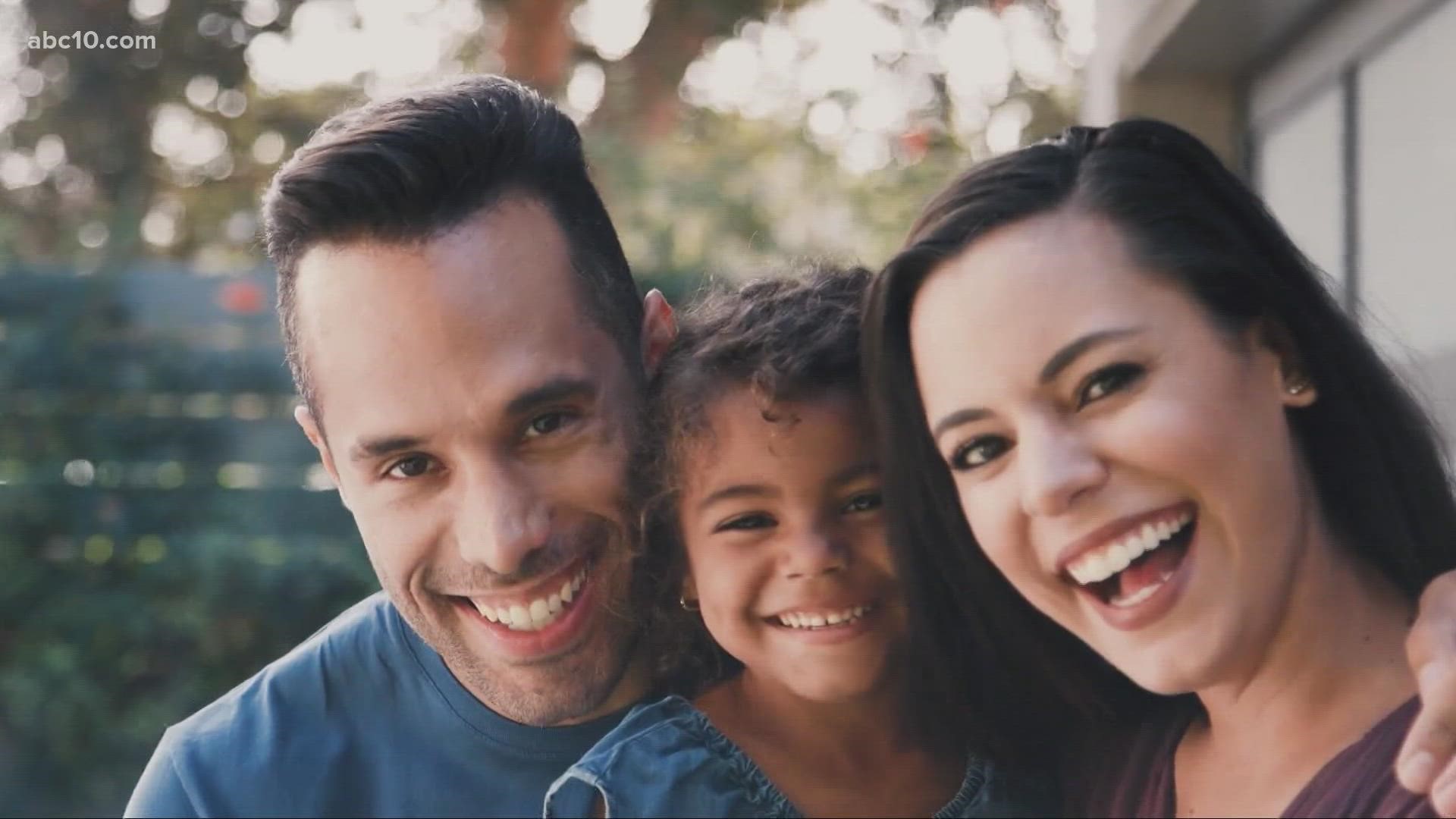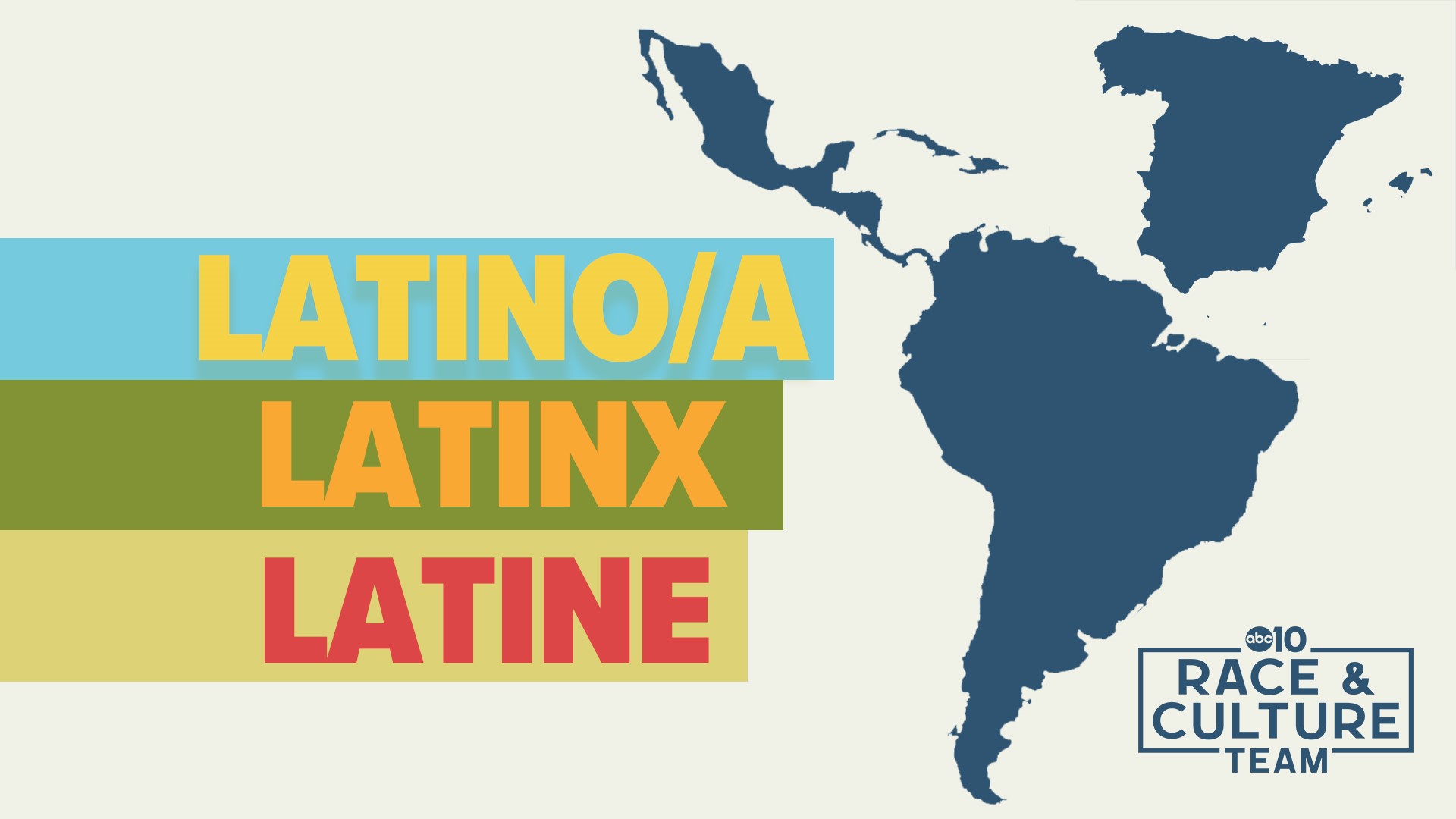SACRAMENTO, Calif — The Hispanic and Latino population is diverse, from the people, language, and mixed-race heritage. That includes any person of Cuban, Mexican, Puerto Rican, South or Central American, or other Spanish culture or origin, regardless of race.
"You don't have to look a certain way, be a certain way, have a certain height, or have a certain color," said Lilly Cortés-Wyatt, PR and communications professional in Sacramento. "I definitely identify as Mexican-American. My mom is Spanish. My dad is from Mexico."
According to the U.S. Census Bureau, more than 60 million Hispanics and Latinos live in the U.S., representing about 18% of the population. In 2019, among Hispanic subgroups, people of Mexican descent were ranked the largest at 61% followed by Puerto Ricans and Central Americans at 9%, each.
"When people try to tell me, I need to look at Aztec dancers every day, I'm just like, I'd never experienced that growing up," Cortés-Wyatt said. "My culture in Mexico is basically, family, food and not even music. It was really different. I had a lot of pushback from my fellow people that were from Mexico. They saw me differently. So, I didn't really feel accepted."
California has the largest Hispanic and Latino population with more than 15 million people. That includes more than 560,000 living in the Greater Sacramento region. But, since most of the people who identity as Hispanic or Latino have a Mexican background, Afro-Latinos and indigenous people are often forgotten or overlooked in the U.S.
"I'm an Afro Bolivian. I identify very strongly with my Black community in Bolivia," said Alejandro Gutierrez-Duncan, podcaster of AFROSAYA Podcast. "If you are Black, you are always at the bottom of the society. Other Blacks are living in other communities and they're still facing the same issues that people are facing in the U.S., our brothers and sisters. So, educating about diversity is very important, not only what we have inside our country, but the people that are coming to our country."
Spanish is the most dominant language in the U.S. after English, with more than 40 million people using Spanish at home. That's according to the latest U.S. census data. But, not all Hispanics or Latinos speak the romanace language.
"Spanish is my first language," Gutierrez-Duncan said. "But, what if you are a Black Latino or Black Caribbean who is coming from Haiti, for example, you will speak French or Creole."
According to the U.S. Department of Health and Human Services Office of Minority Health, language fluency varies among Hispanic subgroups who live in the U.S. Census 2019 data shows 71% of Hispanics speak a language other than English at home, while 28% are not fluent in English at all.
"I don't like people making assumptions or speaking Spanish to me just because I look like I speak Spanish," Cortés-Wyatt said. "Yes, I do speak Spanish, English and Italian. There's 33 Latin American countries. Out of those 33 Latin American countries, only 60% speak Spanish."
The terms Hispanic and Latino are often used interchangeably. But, Hispanic refers to Spanish-speaking people or people who have a background in a Spanish-speaking country. Latino refers to someone with a background in a Latin American country. That includes the entire continent of South America in addition to Mexico, Central America, and the islands of the Caribbean.
"For me, growing up in a house where we eat rice, plantains, and chicken was my culture," Gutierrez-Duncan said. "I'm that Black Bolivian who moved to the US, and is now trying to accommodate his life in the mainstream of life in the U.S."
The terms Hispanic and Latino are rooted more so in shared cultures rather than racial categories. Remember, these identities can be claimed by anyone, regardless of race and heritage. One way to celebrate Hispanic Heritage Month is by recognizing the diverse cultures and heritage often left unseen.




















